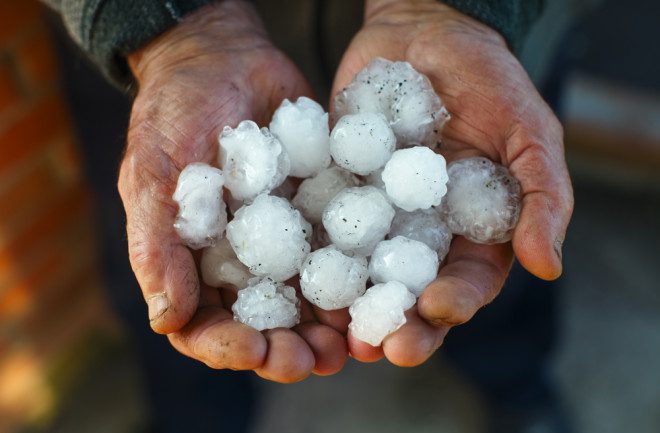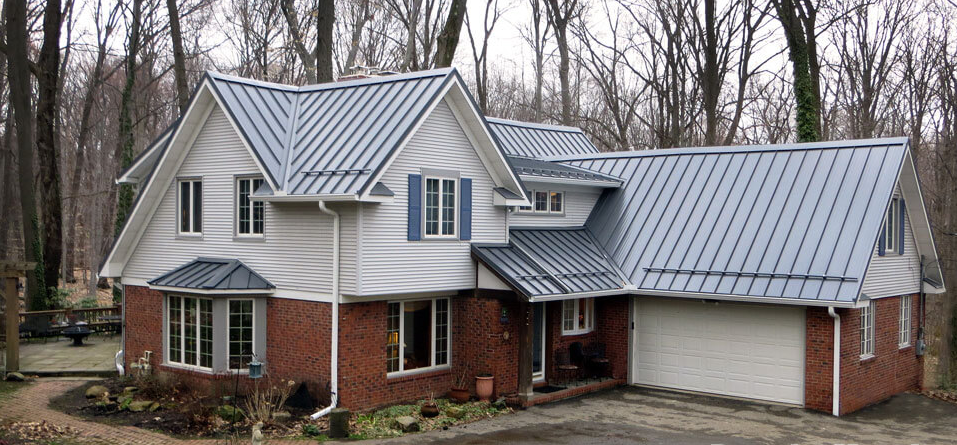Some Ideas on L & L Roofing And Construction Of Gainesville You Need To Know
The Greatest Guide To L & L Roofing And Construction Of Gainesville
Table of ContentsL & L Roofing And Construction Of Gainesville Can Be Fun For AnyoneThe Best Strategy To Use For L & L Roofing And Construction Of GainesvilleL & L Roofing And Construction Of Gainesville Things To Know Before You BuyThe 10-Minute Rule for L & L Roofing And Construction Of GainesvilleExcitement About L & L Roofing And Construction Of GainesvilleThe 10-Second Trick For L & L Roofing And Construction Of GainesvilleL & L Roofing And Construction Of Gainesville Things To Know Before You Get This
One of the most vital features of a roofing system is to avoid water infiltration. Regular roofing inspections and maintenance are essential to maintain your home completely dry and free from water-related concerns.From high-quality products to impeccable craftsmanship, we ensure your brand-new roofing will offer you well for many years to find. Understanding the numerous functions of a roof and the relevance of timely replacement is essential for house owners. Your roofing is not just a protective covering; it's an indispensable component of your home's architectural stability, comfort, and value.
The Ultimate Guide To L & L Roofing And Construction Of Gainesville
Asphalt Tiles: Composition roof shingles made from asphalt-impregnated really felt covered with mineral granules. Ballest: Weight made use of to protect single-ply roofing systems or to avoid blow off of systems which are not stuck. Bare places: Tiny areas on a roof covering where the top membrane layer has come to be subjected to the components. * Base Flashing: That section of the flashing that is affixed to or relaxes on the roof deck to guide the flow of water on the roof, or to seal versus the roofing system deck.
Nailed to roofing deck to hold specific kinds of ceramic tile. Boot: Pre-formed flange positioned over an air vent pipeline to secure the roofing around the vent pipe opening.
The 25-Second Trick For L & L Roofing And Construction Of Gainesville
Cant Strip: A beveled support used at the junction of the roof deck with upright surface areas to make sure that flexes in the roof membrane to develop base flashings can be made without damaging the felts. Cap Flashing: The Part of the flashing connected to an upright surface area to avoid water from migrating behind the base flashing; sometimes described as counter flashing.
* Caulking/ Sealers: Sticky sealant used to complete small locations against water. le: Around windows in a long bead so water won't leakage in. Marketed in tubes, and applied by stress. Generally by hand with a 'caulking gun'. Clearstory: The uppermost area of a roof aircraft that goes down off without intersecting with one more roof covering aircraft.
Sometimes referred as boot. Conductor: A pipe for sharing water from the roofing system seamless gutter to a drainpipe, or from a roofing system drainpipe to the tornado drain; additionally called a leader, downspout, or downpipe. Coping: A construction system positioned on top of the parapet wall surface to function as a cover for the wall surface.
L & L Roofing And Construction Of Gainesville Fundamentals Explained
* Aesthetic: A wall of wood or masonry developed over the level of the roofing system, surrounding a roof covering opening up such as for installment of roof covering followers or other devices., to which the roof material is applied.
Diverter: Made use of to direct water - gutter installation gainesville ga. Downspout: A pipe for draining water from the seamless gutters; sometimes, called a "leader". Drip side: A corrosion-resistant, non discoloration product used along the eaves and rakes to permit water run-off try these out to go down clear of underlying outdoor decking and/or fascia. Dry lap: A term defining the absence of asphalt in between the piles of really felt at the overlap in a BURM.
(https://telegra.ph/Expert-Roof-Replacement-in-Gainesville-Protecting-What-Matters-Most-01-28)* Edge metal: A term associating to brake or extruded steel around the border of a roofing system. On huge roof coverings this provision for the movement of the materials developing the wall surfaces, roofing system deck and roofing treatment is generally made by purposely dividing the building right into areas, and covering splitting up between adjacent areas with the expansion joint to allow movement but maintain out the weather.
The 5-Minute Rule for L & L Roofing And Construction Of Gainesville

The function of flashing is to stop the infiltration of water in addition to to supply a water drainage passage in between joints, most generally the joint between a roof and a well. See metal blinking. Flashing Base: The upturned side of the watertight membrane created at a roofing system discontinuation factor by the expansion of the felts up and down over the cant strip and up the wall surface for a varying distance where they are protected with mechanical bolts.
Indicators on L & L Roofing And Construction Of Gainesville You Need To Know
Setup of make-up roof covering, at this minimal incline, is not advised and can leakage as a result of blow back. gainesville roofing company. Fire Wall: Any kind of wall surface developed for the function of limiting the spread of fire in a building. Such wall surfaces of solid stonework or concrete normally split a building from the structures to regarding a meter above the roof covering
Hip: The angle developed by the intersection of 2 sloping roofing system planes. Ice and Water Guard: A layer of waterproofing installed under the shingles at a roofing system's boundary, valley ridges. Influence Resistant: The Ability of a roof product to withstand damage (e.g. puncturing from falling things (tree branches and hail storm), application tools, foot web traffic, etc.
Insulation: Any of a variety of products designed to lower the circulation of warm, either with vents commonly mounted in the soffit or eave of a roofing. Lap: To cover the surface of one roof shingles or roll with another.
Examine This Report on L & L Roofing And Construction Of Gainesville
